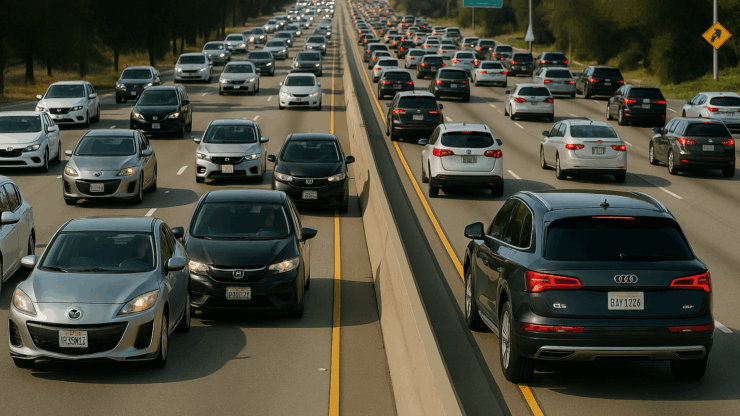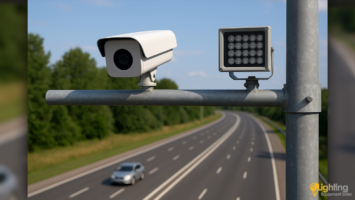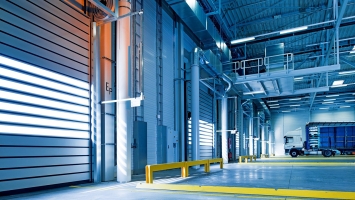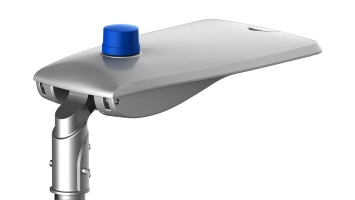
Intelligent Transportation Systems (ITS) are advanced technological infrastructures that enable safer, more efficient, and environmentally friendly urban and intercity transportation. To ensure these systems are sustainable and scalable, the development and implementation of standards play a critical role.
Why Are Standards Indispensable?
Standards ensure interoperability among various ITS components. In order for devices, systems, and software from different manufacturers to work together seamlessly, communication protocols, data formats, and application rules must be harmonized. This makes uninterrupted data flow possible between traffic control centers, in-vehicle systems, mobile applications, and signalization infrastructure.
Global Standardization Initiatives
Regions such as Europe (ETSI, CEN), the United States (IEEE, NTCIP), and Japan have launched major ITS standardization programs to establish global compatibility in the sector. These standards are matured through field testing and pilot implementations, and in many cases, governments enforce them to accelerate ITS deployment. For example, the European ITS-G5 standard for vehicle-to-vehicle communication has been adopted into national regulations in some countries.
Emerging Technologies and the Need for New Standards
Today, ITS is no longer limited to traffic lights. Cutting-edge technologies such as satellite-based navigation, V2X (Vehicle-to-Everything) communication, and autonomous driving systems are becoming integral parts of the ecosystem. In order for these systems to be safely and reliably implemented in real-world scenarios, they require next generation standards.
Sustainability and Green ITS
The environmental impact of ITS is becoming more prominent. Applications such as green wave optimization, traffic congestion prediction, and emission reduction systems help save both time and energy. For this to happen effectively, big data collected from vehicles must be processed securely and in compliance with relevant standards.
Cross-Device Integration
Modern ITS ecosystems include smartphones, in-vehicle infotainment systems, and urban infrastructure sensors that must communicate with each other. This creates a more complex but user-centric transportation experience. For instance, the integration between vehicle imaging systems and traffic information services allows for real-time navigation and alert systems.
Standards Are Shaping the Future
ITS standards are evolving rapidly in response to emerging technologies, changing user expectations, and mobility trends. These developments affect not only the transportation sector but also urban planning, public safety infrastructure, and logistics management. Standardization ensures that ITS investments remain relevant for both current and future needs.







COMMENTS
MAKE A COMMENT